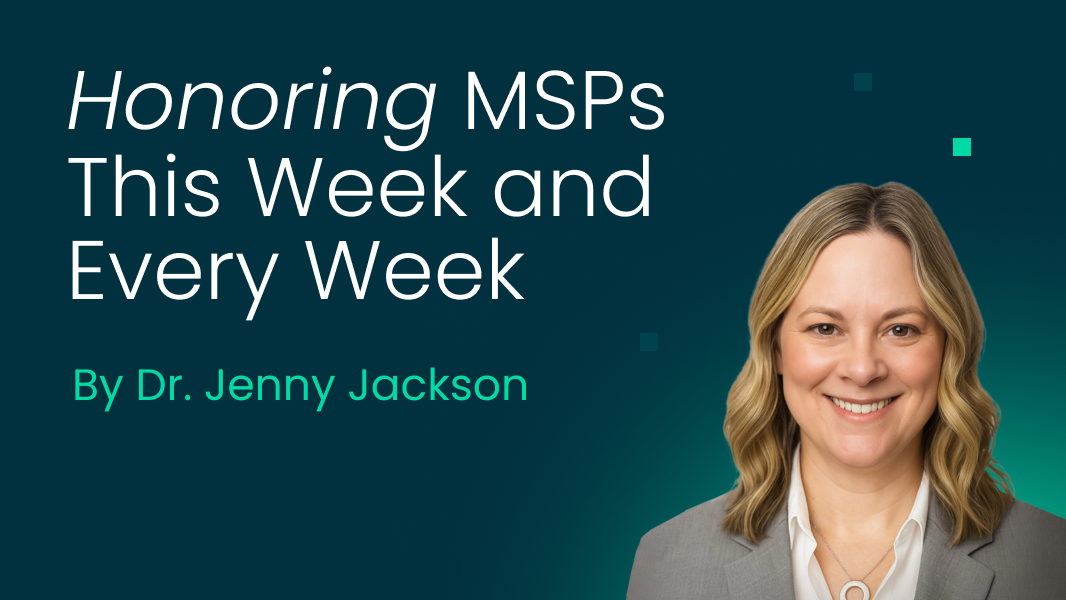NAMSS 2024 was a major success! We officially launched the Verifiable Community, connected with our credentialing industry peers, and attended expert-led keynote sessions.
Hosted by the National Association Medical Staff Services, this conference is an ideal environment for veteran credentialers across the healthcare spectrum to come together and discuss the future of their field. Through conversations with credentialing leaders and thoughtful presentations, we saw three key themes emerge: the need for improved roster accuracy, payer-provider collaboration, and how systemic inefficiencies impact the bottom line.
The need for consistent roster generation is top of mind
Data quality issues continue to cause issues throughout the credentialing process. Prolonged digital transformations and overreliance on manual processes create roster inconsistencies and unstructured or unreliable data, which can ultimately result in lost revenue, negative patient experiences, and regulatory fines.
Provider organizations are required to submit updated rosters on a regular basis to their delegated payers; because different payers often require specific formatting, datasets, and unique submission methods (including payer portals, encrypted emails, vendor portals, and Payer sFTP sites), this can quickly become a major headache for credentialing teams as they look to create consistency within a deeply varied system.
In lieu of industry-wide standardization, roster generation offers another opportunity for increased payer-provider collaboration. In the interim, organizations can opt for solutions that simplify and speed up roster generation.
Automation and standardization can help avoid credentialing bottlenecks
Outdated legacy systems, complex and scattered data, and overreliance on manual processes all contribute to delays throughout the credentialing process, affecting both payers and providers alike.
For credentialing, the slowest-moving component (e.g. hospital letters, contracts, or credentialing packets) can often dictate the timeline. For example: even if your credentialing process moves quickly, not being delegated with a payer means enrollment can still be delayed.
Other issues across the credentialing journey can cause bottlenecks. Missing work history or insufficient hospital affiliations can trigger an exception process leading to additional reviews from different committees, adding to further delays; when factoring in coordination challenges, this process can take up 4-6 weeks after hospital affiliations are received. With so many potential roadblocks for payers and providers, how can they move the credentialing process forward?
Payer and provider collaboration in areas including automation and standardization are key for closing the gap and avoiding bottlenecks. The former offers a time-sensitive, more accurate alternative to manual credentialing; the latter, specifically when applied to provider onboarding and data management, provides consistency in a space that’s frequently burdened by unforeseen issues.
Updates are a drag – but crucial for remedying systemic inefficiencies
By now, you’re probably picking up on a central theme: for two deeply intertwined parties, payers and providers are seldom on the same page – and it’s impacting their bottom lines. Many payers neglect to use credentialing info to feed rosters, instead relying on claims data, which often lags behind rosters in terms of providing up-to-date information. Similar inefficiencies not only cause revenue delays and waste valuable resources, but can cause poor provider experiences.
The quick fix is…that there is no quick fix. Incremental progress is still progress; resolving key issues – including building smoother application processes and moving towards a more standardized approach – might seem like an uphill battle, but is worth the effort.
Updating and strengthening communication channels is an excellent first step towards a more streamlined credentialing process. Several different presentations at NAMSS touched on improving communication flow to clear up misunderstandings, reach key personnel, and optimize system notifications. Leveraging technology can help immensely and keep key stakeholders in the loop every step of the way.
The case for automated credentialing
Looking to shore up gaps and increase efficiency across your credentialing process? Opting for an accurate, centralized source of truth can reduce inefficiencies. Book a demo with an expert today and discover how much your organization could save when you step into the future of credentialing. Book a demo.

.svg)




